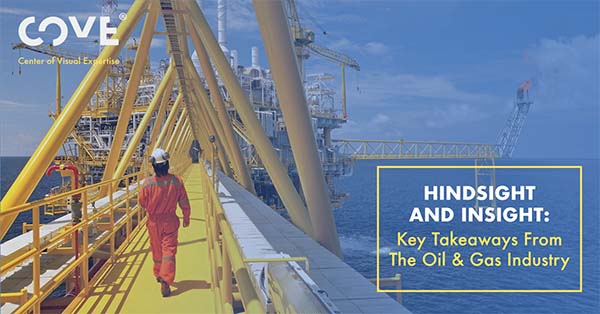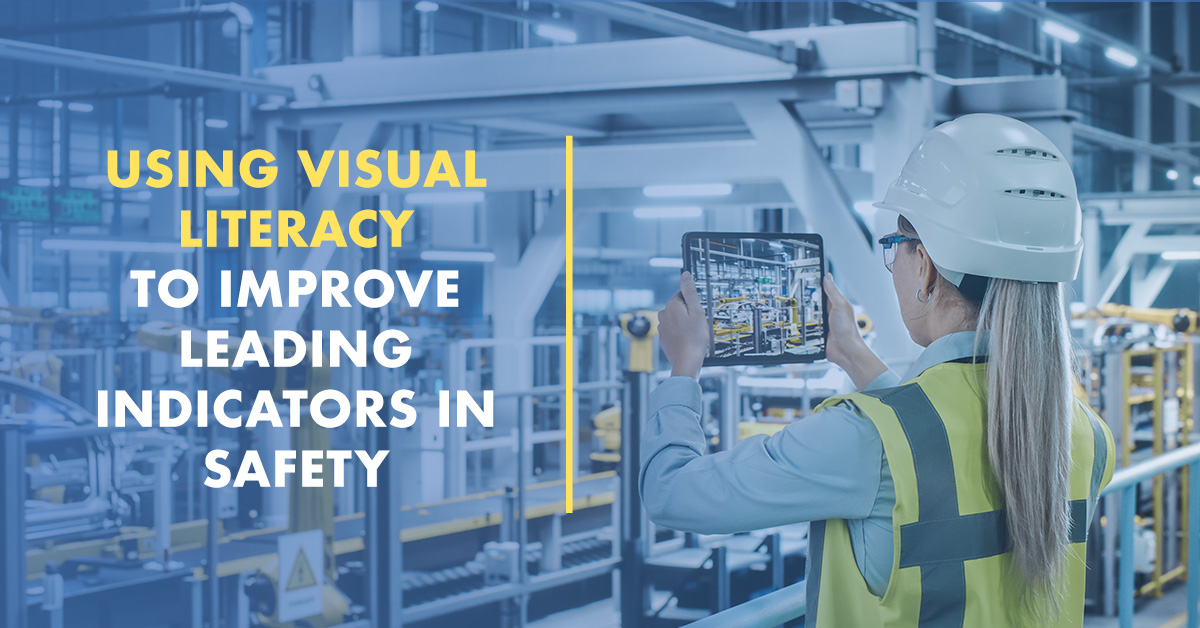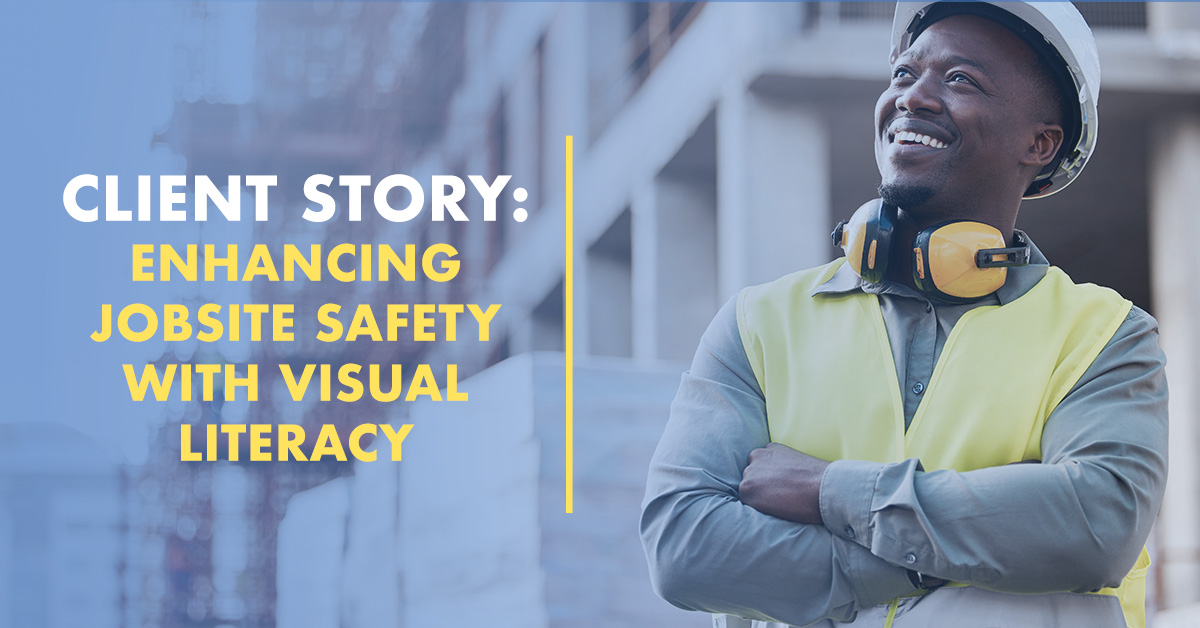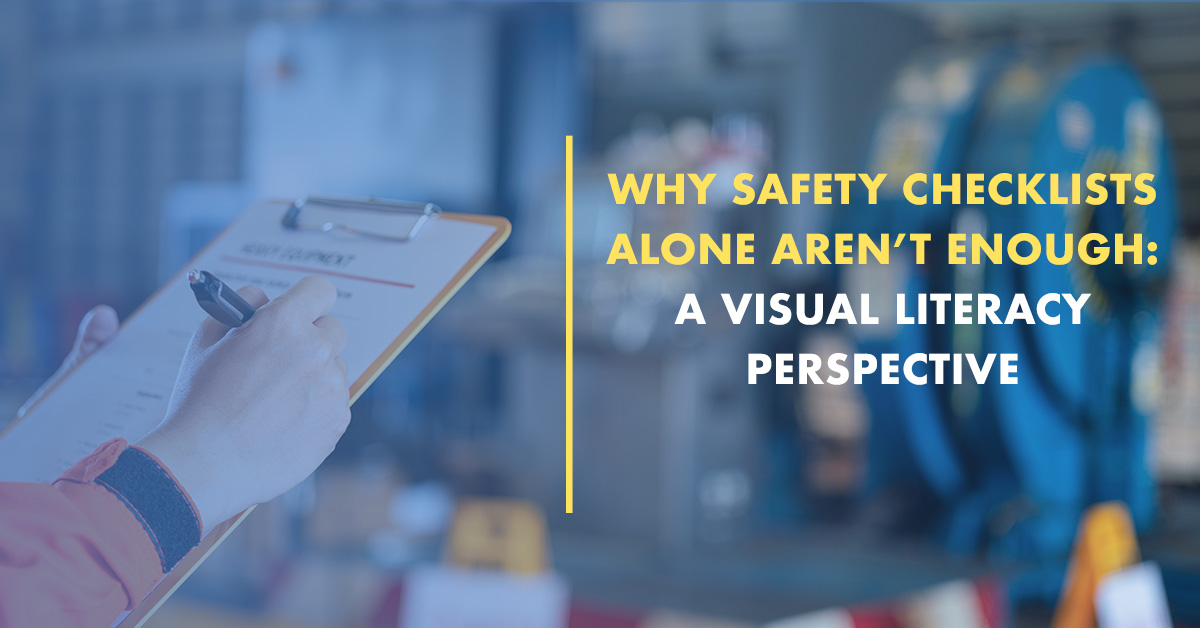A Personal Journey into Visual Literacy
After serving briefly in the U.S. Army and spending the majority of my career in the oil and gas industry—two-thirds of it in Safety, Health, and Environment roles—I discovered something that could have profoundly impacted our efforts to save lives and prevent injuries: Visual Literacy.
Through this journey, I realized we don’t see as well as we think. We don’t simply see with our eyes; we see with our brains. It’s the brain that processes and interprets visual information to help us make sense of our environment.
I learned that we may only truly see about 10 percent of what’s in front of us. Our brains fill in the rest based on our experiences, expectations, and biases—each unique to us, meaning we don’t all see the same reality.
What’s more surprising is that seeing isn’t purely instinctive; it’s a learned behavior. With the right tools and techniques, we can train ourselves to see better and raise that 10 percent to something far more meaningful. Why weren’t we taught this sooner? While we begin using our eyes as infants, we now know that truly “seeing” requires practice and training. The good news is, we can improve.
The High-Stakes Reality of Oil and Gas Safety
In the oil & gas industry, like in many other ‘higher-risk’ industries, we ask our workers to perform many tasks that potentially expose them to hazards that pose a higher level of risk than in many other industrial sectors.
Those include:
- Working at heights
- Lockout-tagout (energy isolation) procedures
- Working with and near hazardous (often combustible and/or toxic) materials
- Inert entry procedures
- And many others
Visual Literacy: A Critical Tool for Oil & Gas Safety
Often, oil & gas workers are operating in working environments and conditions that pose higher risks, such as operating offshore, in tropical or subtropical locations, in extreme weather conditions – even in environments that include potentially dangerous animals, insects, and other pests. And nearly all of the industry employ routine safety observations, safety walk-abouts, or other similar hazard identification tools as a critical component of their risk management processes.
Take a moment to ponder how important ‘seeing’ is to every one of these scenarios. How much more effective might they be if our workers were trained to ‘see’ more effectively?
Imagine, for a moment, that you’re a worker on an offshore oil platform, tasked with inspecting and maintaining equipment that is located at a significant height. The platform is situated in the middle of the ocean, and you’re dealing with the constant movement of the sea, strong winds, and potential rain. Your work area is surrounded by high scaffolding, rigging, and other equipment, creating a complex and potentially hazardous environment.
In this scenario, Visual Literacy becomes critical. You’re required to see and identify hazards such as unsecured equipment, loose scaffolding, or deteriorated rigging. The challenge is compounded by a constantly shifting environment and the visual distractions caused by sea spray and other weather conditions. The ability to clearly see and interpret these hazards is essential to help ensure your safety and the safety of your team.
Here’s how Visual Literacy plays a key role:
1
Identifying Hazards: Your visual acuity allows you to spot subtle signs of potential problems—like rust on metal supports or frayed cables—before they become potentially critical issues. Without keen observation skills, these hazards might go unnoticed until they result in an incident.
2
Interpreting Context: Understanding the broader context, such as the impact of weather conditions on equipment stability, helps you gauge the level of risk more accurately. For instance, rain might exacerbate the risk of slipping, so you need to adjust your safety measures accordingly.
3
Making More Accurate Decisions: The ability to accurately assess the visual information around you and to make informed decisions—like whether to delay work due to worsening weather—can be the difference between a safe operation and a potentially hazardous situation.
4
Communicating Hazards: Clear visual observations enable you to more effectively communicate hazards to your team and superiors. For instance, noticing a small crack in a critical component might prompt you to report it immediately, ensuring timely repairs and preventing potential incidents.
The Power of Visual Literacy in High-Risk Industries
In higher-risk industries like oil & gas, where workers are exposed to numerous and varied hazards, enhancing visual literacy can significantly improve safety outcomes. By training workers to better see, interpret, and act on the visual information in their environment, companies can reduce the likelihood of incidents and ensure a safer working environment.
At COVE – Center of Visual Expertise, we believe that Visual Literacy is a critically important individual competence – one that can help us to ‘see’ more effectively. Visual Literacy is all about addressing the questions: ‘What do you see?’ ‘What does it mean?’ and ‘What will you do about it?’ In the context of safety and risk management, that translates to ‘Do you see the hazard?’ ‘What is the risk associated with that hazard?’ and ‘What will you do to address the hazard?’
Now, we do know that we see with our brains, not our eyes. And that every one of us sees things a little differently, based on our experiences, expectations, and biases. And most importantly, we do know that Visual Literacy offers us the tools and techniques that we can learn and practice in order to see more effectively. We can be far more effective at seeing the hazards in our workplaces, so that we are in a better position to interpret the associated risk, and ultimately to more effectively mitigate the risk.
Elevating Risk Management through Visual Literacy
By integrating Visual Literacy concepts, tools, and techniques into the risk management toolkits being used across the oil & gas industry, we are confident they can enhance the effectiveness of those processes that are so important in saving lives and preventing injuries among their workers.




